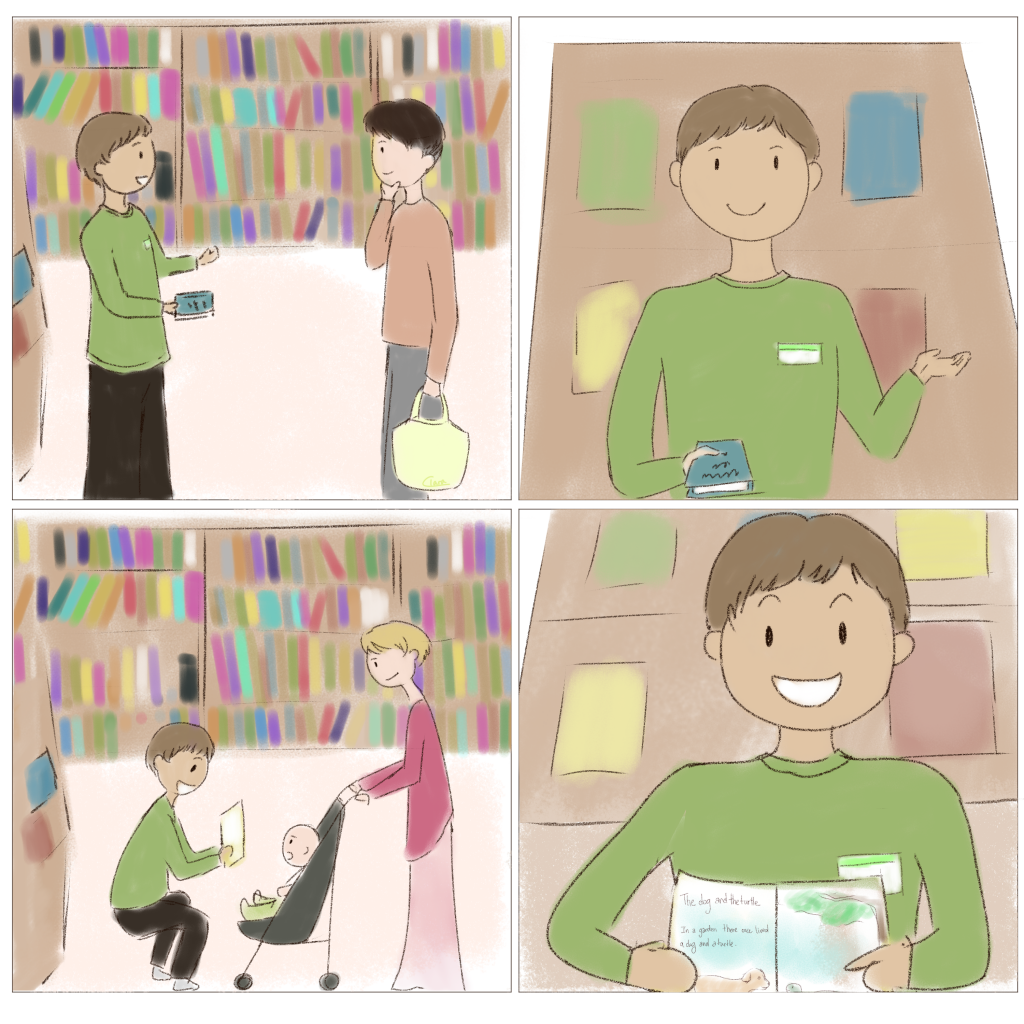Why do we talk to babies the way we do?

The way caregivers talk to babies can be quite peculiar. They may change the sounds of language, exaggerating intonations or raising the pitch of their voice (like after breathing in helium from a balloon). Or they may change the words they use, like saying ‘kitty’ rather than ‘cat’. Or they may change the sentence structure, speaking in simple sentences or repeating some parts. These changes even go beyond verbal or signed language. Caregivers may change their non-verbal language or bodily gestures; for example, they may lean in toward a child and touch the child while speaking or they may make exaggerated facial expressions while signing.
These changes are part of a broader phenomenon of how we adapt our speech and actions to others. For example, the way we would talk to our boss will often be quite different from the way we talk to our chatty next-door neighbour. Or, you may have noticed that you reuse words or expressions your friend uses.
There are many reasons why we adapt our speech, like getting people to understand us better or like us more. The important point to remember is that there are many ways to adapt. Different people will adapt their speech to a baby in different ways, and sometimes these adaptations can be difficult to notice. It is most important to talk to a baby in the way you are most comfortable!
Next week, we will explore all the different ways we adapt speech to a baby, and how the way can depend on the baby herself or the language she is learning!
We have added some recordings of speech to a baby and speech to an adult for you to compare for yourself! (The recordings are in English).
The scientific sources for our comic:
Chong, S. C. F., Werker, J. F., Russell, J. A., & Carroll, J. M. (2003). Three facial expressions mothers direct to their infants. Infant and Child Development, 12(3), 211-232.
